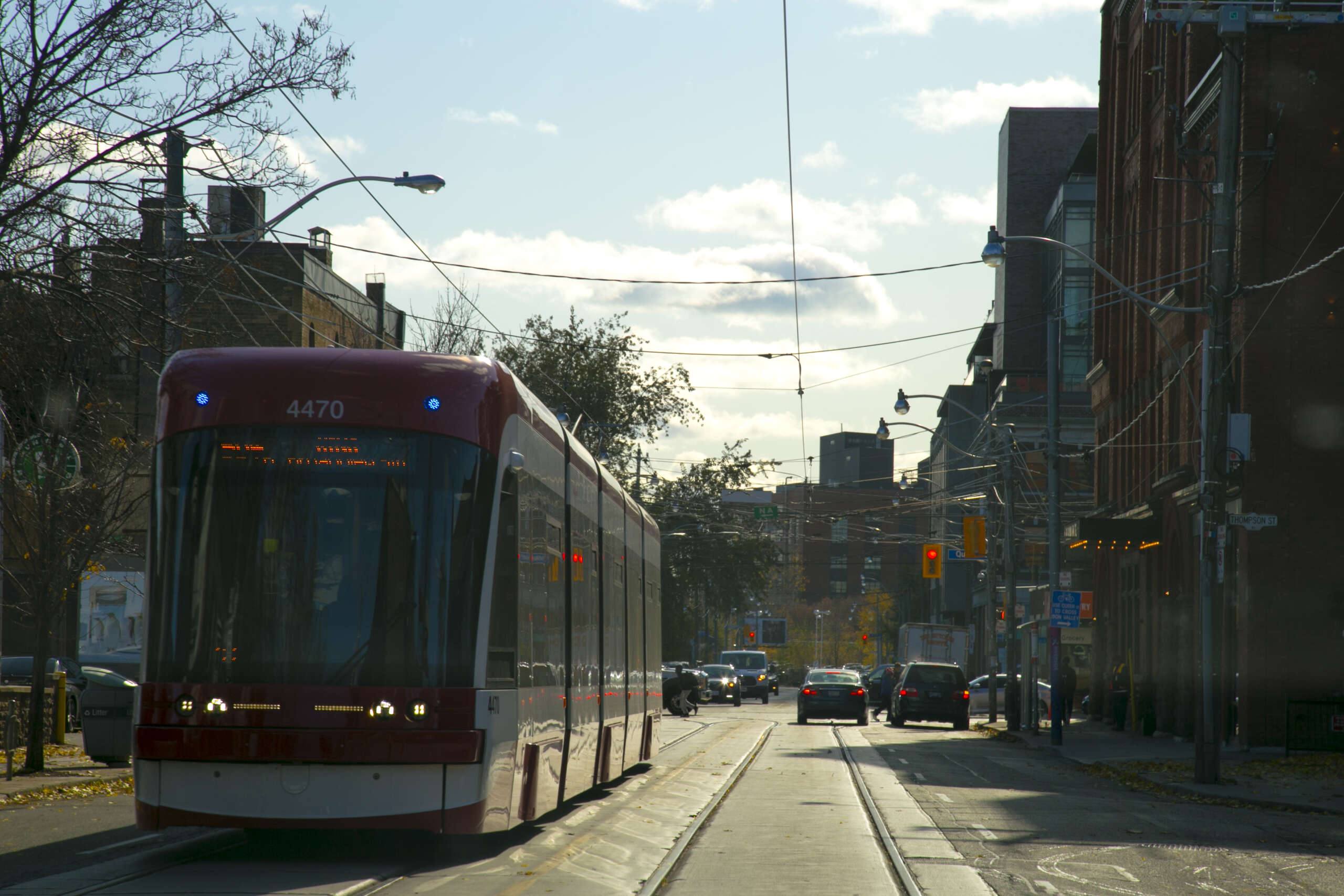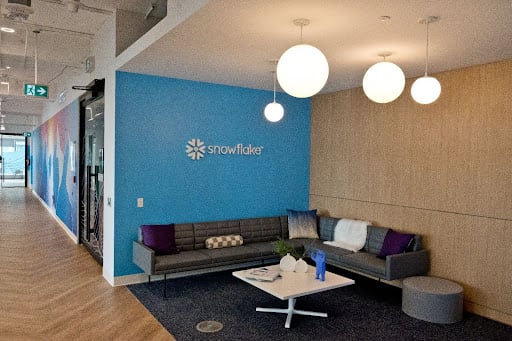The Toronto Region is one of North America’s most vibrant, bustling and densely populated areas, making it a top business destination. With a population exceeding 2.9 million people and growing rapidly, the city of Toronto faces the challenge of ensuring efficient transportation for its residents and visitors alike.
In recent years, government organizations have invested over $80-billion in transit capital projects to enhance public transportation infrastructure, alleviate congestion and foster sustainable urban mobility.
The backbone of Toronto’s transportation system is its public transit network, operated by the Toronto Transit Commission (TTC). The TTC boasts an extensive network of buses, streetcars, and subways, connecting various neighbourhoods and suburbs within the Toronto Region. In fact, The TTC was awarded the 2017 American Public Transportation Association’s (APTA) award for Transit System of the Year, signifying Toronto’s public transit as a role model for other major cities around the globe.

However, as the regional population expands – growing by over 350,000 people between 2016 and 2021 – the demand for reliable and accessible transit has intensified. In response to these challenges, the government has rolled out several initiatives to improve public transportation in Toronto. One notable endeavour is the ongoing expansion of the city’s subway system.
The Ontario Line
The Ontario Line heralds a transformative era for Toronto’s transit system. With its strategic alignment, the line promises faster and more reliable service to reduce travel times and congestion across the city.
Adding a whopping 15 new stations to the city from Exhibition Place to the Ontario Science Centre, the Ontario Line is poised to stimulate economic growth, job creation, and improve access to essential services. In essence, it represents a pivotal step towards a more accessible, connected, and prosperous Toronto.
Buses and Sustainability
Furthermore, Toronto has prioritized the enhancement of bus services to address the needs of commuters in areas not served by rail transit and promote environmentally sustainable transportation. The city recently hired 160 new staff to maintain service on TTC buses and combat lower ridership since the pandemic. “People would come back if the service is better and if they feel safer. That’s why the 160 staff got hired,” said Mayor Olivia Chow to the Globe and Mail.
Operating the largest fleet of electric buses in North America, the Toronto Transit Commission is leading the way to sustainability with a target to achieve a 100% zero-emission fleet by 2027.
Similarly, investments in pedestrian infrastructure, including sidewalk improvements and pedestrian-friendly streetscapes, aim to encourage walking as a viable mode of urban transportation. One example is the Queensway Complete Street project – expected to start construction in 2027 – which plans to widen sidewalks, implement improved bus stop waiting areas and add protected bicycle lanes on both sides of the street between Mimico Creek and the Humber River.
Not to mention Toronto’s PATH network, which connects 30 kilometres of indoor walkways along restaurants, shops and attractions, allowing for a pedestrian-friendly option during the colder months.
GO Transit
Through Metrolinx, the government has prioritized the enhancement of regional transit networks like GO Transit, which serves as a vital link connecting Toronto with surrounding regions. GO Transit plays a crucial role in alleviating congestion on highways and providing commuters with convenient and reliable options for travelling to and from the city. Recent initiatives, such as the GO Expansion program, aim to increase service frequency, extend rail corridors, and introduce electrified trains, all geared towards offering faster and more efficient service for passengers.
Investments in the improvement of GO Transit’s bus network further enhance connectivity between urban centers and suburban communities, ensuring that commuters have accessible and flexible transit options contributing to the region’s economic growth and job creation. Through these efforts, GO Transit continues to evolve as an integral component of the Toronto Region’s broader transportation ecosystem.
Introducing a High-Frequency Rail
High-Frequency Rail (HFR) in Canada holds immense promise for revolutionizing the Toronto Region’s transportation landscape. This proposed 1,000-kilometre project will connect Toronto, Peterborough, Ottawa, Montréal, Trois-Rivières and Québec City. HFR’s connectivity with existing transit networks, including the TTC and GO Transit, would enhance intermodal travel options. Additionally, HFR’s potential to alleviate congestion on highways and reduce greenhouse gas emissions aligns with Toronto’s commitment to sustainability and environmental stewardship.

The economic benefits stemming from enhanced mobility and increased tourism opportunities underscore HFR’s potential as a catalyst for regional development and prosperity. Overall, the implementation of High-Frequency Rail in Canada promises to usher in a long overdue modernization of accessible transportation and environmental sustainability for residents, businesses and visitors alike.
What’s next for Toronto’s Transportation?
While these efforts represent significant strides toward a more efficient and sustainable transportation system, challenges remain. Funding constraints, logistical hurdles and recovering from reduced ridership due to COVID-19 are among the factors that influence the pace and scope of transit projects.
Looking ahead, the City of Toronto and Province of Ontario must continue to prioritize investment in public transportation infrastructure while embracing the innovation and technological advancements of the modern age. Collaborative partnerships between government agencies, private sector stakeholders, and community organizations will be essential in driving forward the agenda of sustainable urban mobility.
In conclusion, transportation in Toronto is undergoing an era of transformation, fueled by ambitious initiatives and a commitment to meeting the evolving needs of a growing city. Through strategic investments, forward-thinking city planning, and community engagement, Toronto can strengthen its position as a global leader in economic development through improved transportation. As workers and visitors navigate the streets of the economic capital of Canada, a future of a more accessible, efficient, and sustainable transit system is underway.




